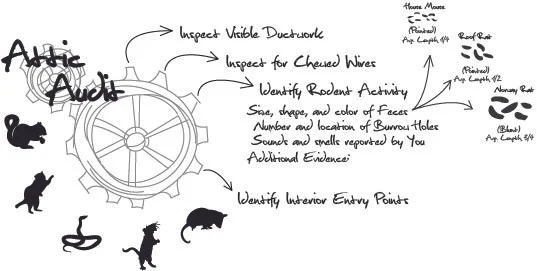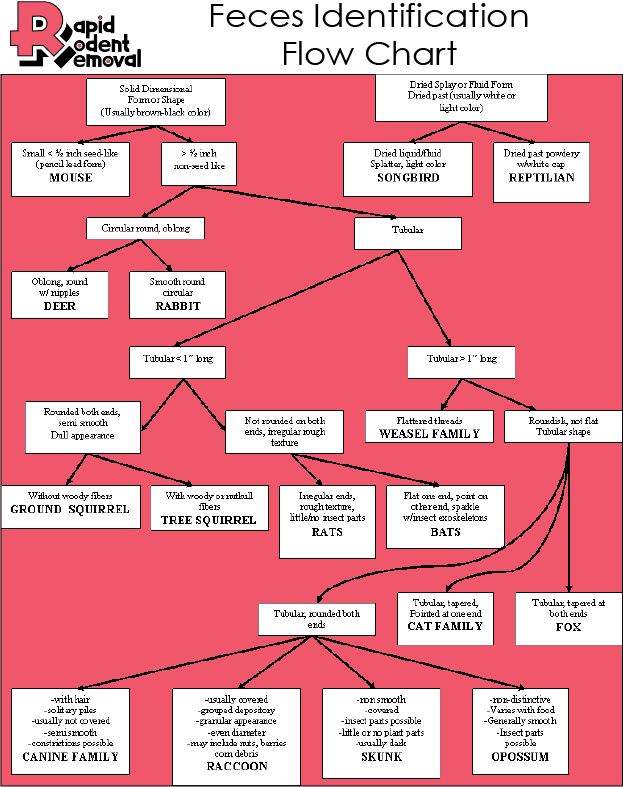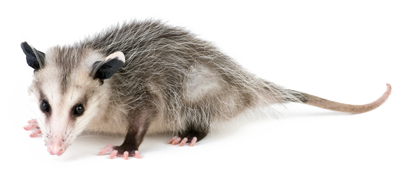Animal in Wall
Animal in the Wall: Dealing with Unwanted Houseguests
Introduction
Have you ever heard strange noises, scratching, or scurrying sounds coming from your walls? You might have an unwelcome houseguest: an animal in the wall. This article will cover the most common types of animals that can be found in walls, signs that indicate their presence, and the health risks associated with them. We will also discuss why animals choose walls as their home, how they get in, and how to prevent and safely remove them.
Common Animals Found in Walls
There are several types of animals that can make their way into your walls, including:
Rodents
Mice and rats are the most common animals found in walls. They are attracted to the warmth and safety that walls provide, as well as easy access to food sources inside your home.
Birds
Birds, such as starlings or sparrows, can find their way into your walls through small gaps, cracks, or vents. Once inside, they may build nests and lay eggs.
Bats
Bats are another animal that can end up in your walls. They are attracted to the warmth and darkness that walls provide, and they often enter through gaps or cracks in the roofline.
Insects
Insects like termites, ants, and bees can also infest walls. Termites can cause significant structural damage, while ants and bees can create nests within your walls.
Signs of Animals in Walls
If you suspect that there may be an animal in your wall, look for these signs:
Noises
Scratching, gnawing, or scurrying sounds coming from your walls are a clear indication that there may be an animal present.
Odors
Unpleasant odors, such as urine or feces, can be a sign of an animal infestation in your walls.
Droppings
Finding droppings near your walls or inside your home is another sign that an animal may be present.
Damage to Walls
Animals in your walls can cause visible damage, such as holes or gnaw marks, on your walls or baseboards.
Health Risks Associated with Animals in Walls
There are several health risks associated with having animals in your walls, including:
Disease Transmission
Rodents, birds, and bats can all carry diseases that can be transmitted to humans, such as Hantavirus, Salmonella, or Histoplasmosis.
Allergies and Asthma
Animal dander, droppings, and urine can trigger allergies and asthma in sensitive individuals.
Structural Damage
Animals can
cause structural damage to your home by chewing on wires, insulation, and wooden beams, which can lead to costly repairs.
Why Animals Choose Walls as Their Home
Animals are attracted to walls for several reasons:
Shelter
Walls provide a secure and enclosed space that offers protection from predators and harsh weather conditions.
Warmth
Walls can provide warmth, especially during colder months, as heat from your home can be trapped within the walls.
Safety
Being inside walls keeps animals hidden from potential threats, making it an appealing location to build their nests or find food.
How Animals Enter Walls
Animals can enter your walls through various means, such as:
Gaps and Cracks
Small gaps or cracks in your home's exterior can provide an easy entry point for animals. This can include spaces around windows, doors, and utility lines.
Roof Vents
Roof vents, particularly those that are damaged or unprotected, can allow animals like birds and bats to enter your walls.
Chimneys
Chimneys that are not properly capped can be an entry point for animals like raccoons, squirrels, or birds.
Preventing Animals from Entering Walls
To prevent animals from entering your walls, consider the following steps:
Seal Openings
Inspect your home's exterior and seal any gaps, cracks, or openings that could allow animals to enter.
Maintain Landscaping
Keep trees and shrubs trimmed away from your home to prevent animals from using them as a bridge to your walls or roof.
Remove Food Sources
Store food securely and remove any potential food sources outside, such as pet food or bird feeders, to discourage animals from being attracted to your home.
Safely Removing Animals from Walls
If you have an animal in your wall, it's essential to remove them safely:
Professional Help
Hiring a professional wildlife removal company is the safest and most efficient way to remove animals from your walls. They have the experience and tools to handle the situation humanely.
Humane Traps
If you decide to tackle the problem yourself, use humane traps to catch the animal without causing harm. Be sure to check local regulations before attempting to trap and relocate any wildlife.
Repellents
Using natural or commercial repellents can help discourage animals from entering your walls. However, these methods may be less effective in some cases, and professional help might still be necessary.
Conclusion
Having an animal in the wall can be a distressing situation for homeowners. Identifying the signs of an animal infestation and understanding why they choose walls as their home can help you take the necessary steps to prevent and safely remove them. By sealing openings, maintaining landscaping, and removing food sources, you can reduce the likelihood of encountering unwelcome houseguests. If you do find an animal in your wall, it's important to prioritize humane removal methods and consider hiring a professional to ensure the best outcome for both you and the animal.
FAQs
1. What types of animals are commonly found in walls?
Rodents, birds, bats, and insects are the most common types of animals found in walls.
2. How can I tell if there's an animal in my wall?
Listen for noises like scratching, scurrying, or gnawing, and look for odors, droppings, or visible damage to your walls.
3. Are there health risks associated with animals in walls?
Yes, animals in walls can transmit diseases, trigger allergies and asthma, and cause structural damage to your home.
4. How can I prevent animals from entering my walls?
Seal any gaps or cracks in your home's exterior, maintain landscaping around your home, and remove food sources that may attract animals.
All About Animals …
Suspendisse nec congue purus. Aenean eu justo sed elit dignissim aliquam. Suspendisse nec congue purus. Class aptent taciti sociosqu ad litora torquent per conubia nostra, per inceptos himenaeos.
RATS
SQUIRRELS
RACCOONS
OPOSSUMS
SNAKES
BATS
WILDLIFE REMOVAL
articles:
What does a rat nest look like ?
What is a Squirrel King












